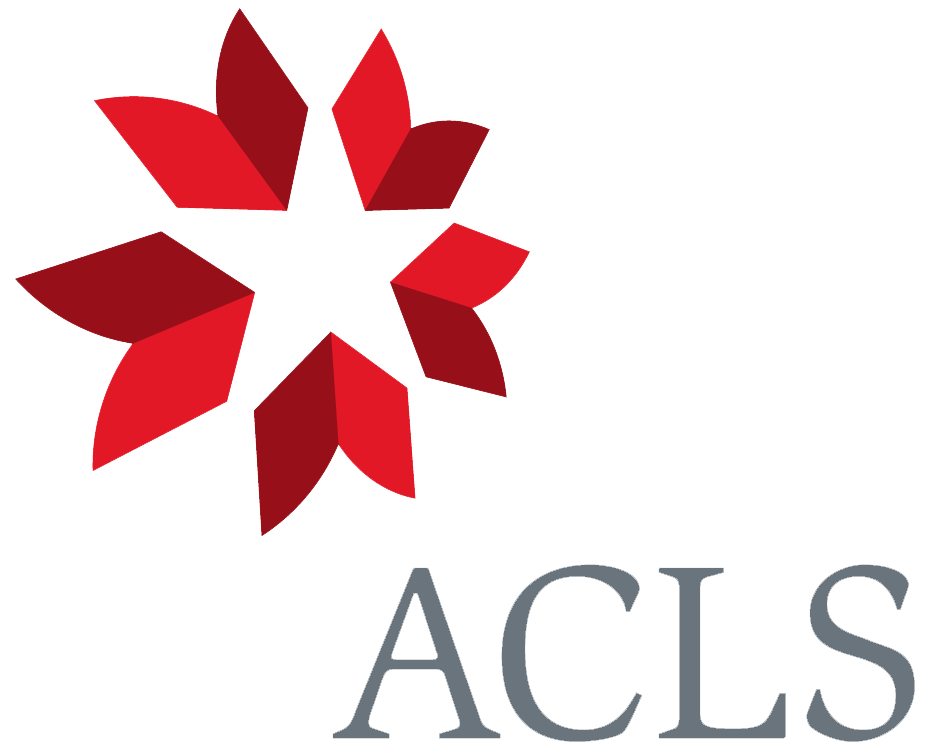To Charles William Crocker1 18 May [1861]2
Down. | Bromley. | Kent. S.E.
May 18th
My dear Sir
I am extremely much obliged to you for so kindly writing to me & offering me information.3 I have long been curious about Hollyhocks.—4 The Dean of Manchester told me that some kinds came true, even when growing near others.5 This surprised me greatly, as it can be shown to be almost certain that every flower must be fertilised by the pollen of a distinct flower. Hence I bought some good seed, & several kinds came up very true; the black-coloured kind came up absolutely true, & I saved its seed, & though a dozen different varieties were growing close, again all the seedlings were true. It can hardly be, judging from my extremely limited experience, that the flower always inherits its mother’s colour, for I castrated & crossed a dark purple with pollen of yellow kind, & there was great variability in the seedlings, but one seedling alone showed plainly the yellow colour of its father. In case of most plants pollen of another variety seems to have a prepotent effect over a plant’s own pollen, (as experiments made by myself have convinced me); & it has occurred to me whether in some very fixed vars. of Hollyhocks exactly the reverse was the case,—that is whether the pollen of a plant’s own variety was not prepotent over that of other varieties.
The facts which I wish to know, are whether some or many of the variations of Hollyhock come true by seed. And secondly whether the great raisers of Hollyhock seed, who sell named kinds, whether they grow the varieties far apart to prevent crossing.6 And thirdly, whether when vars. of Hollyhocks are artificially crossed & castrated, whether the colours of the seedlings are generally intermediate. I should be extremely much obliged for any information on these points or on the progress of your work of selection.—
I have not much time for reading, & have not yet seen your work, but must see it & your account of the vars. of Cassia.—7
I yesterday sent off another letter to Cot. Gardener:8 but I begin greatly to doubt the great Mr. Beaton.— He makes, I am sure, plenty of mistakes in his late discussions, & is dogmatic in highest degree
My dear Sir, your sincerely obliged | Charles Darwin9
Footnotes
Bibliography
Correspondence: The correspondence of Charles Darwin. Edited by Frederick Burkhardt et al. 29 vols to date. Cambridge: Cambridge University Press. 1985–.
Variation: The variation of animals and plants under domestication. By Charles Darwin. 2 vols. London: John Murray. 1868.
Summary
Describes results of his experiments with hollyhocks. Some varieties breed true even though growing near others. This suggests that their pollen is "pre-potent" over that of other varieties, which is not the case with most plants. Asks some questions on which he would be glad to have correspondent work. [See also 3170.]
Letter details
- Letter no.
- DCP-LETT-3151
- From
- Charles Robert Darwin
- To
- Charles William Crocker
- Sent from
- Down
- Source of text
- Cleveland Health Sciences Library (Robert M. Stecher collection)
- Physical description
- AL inc
Please cite as
Darwin Correspondence Project, “Letter no. 3151,” accessed on
Also published in The Correspondence of Charles Darwin, vol. 9


